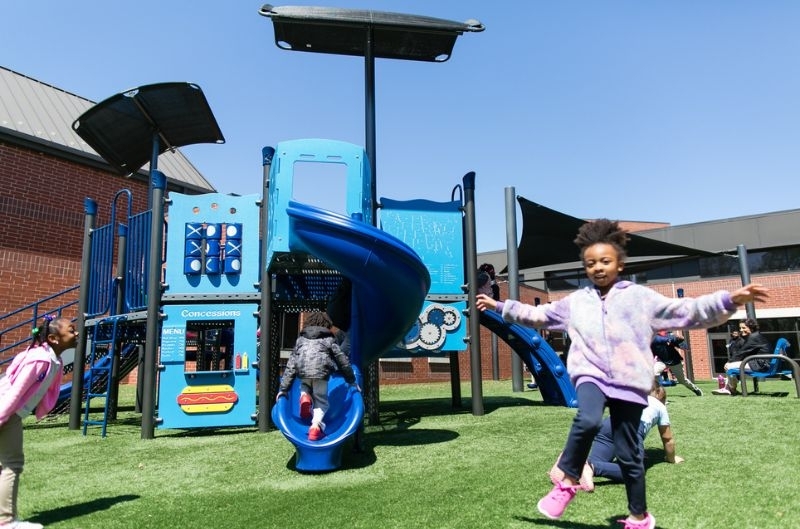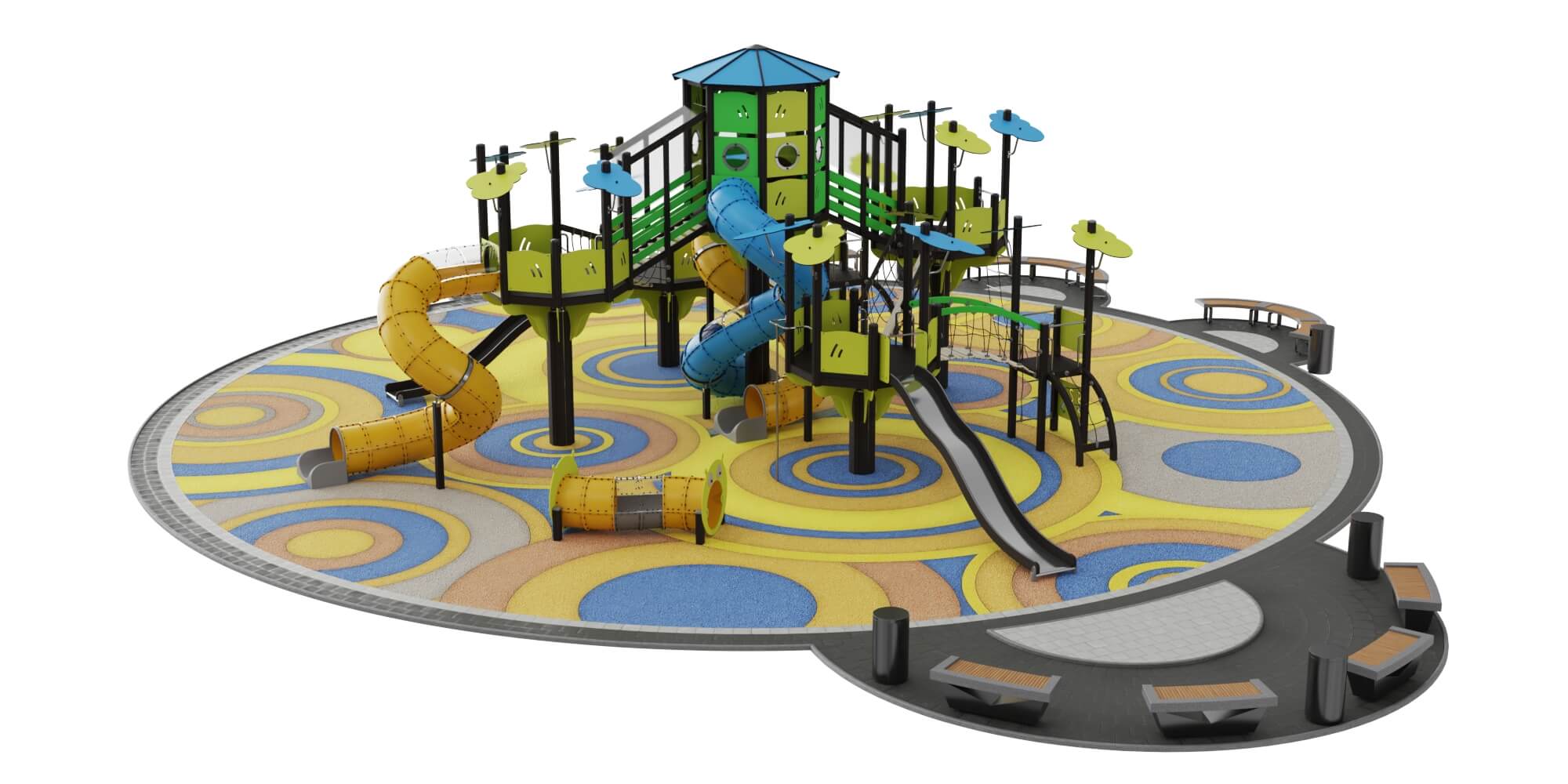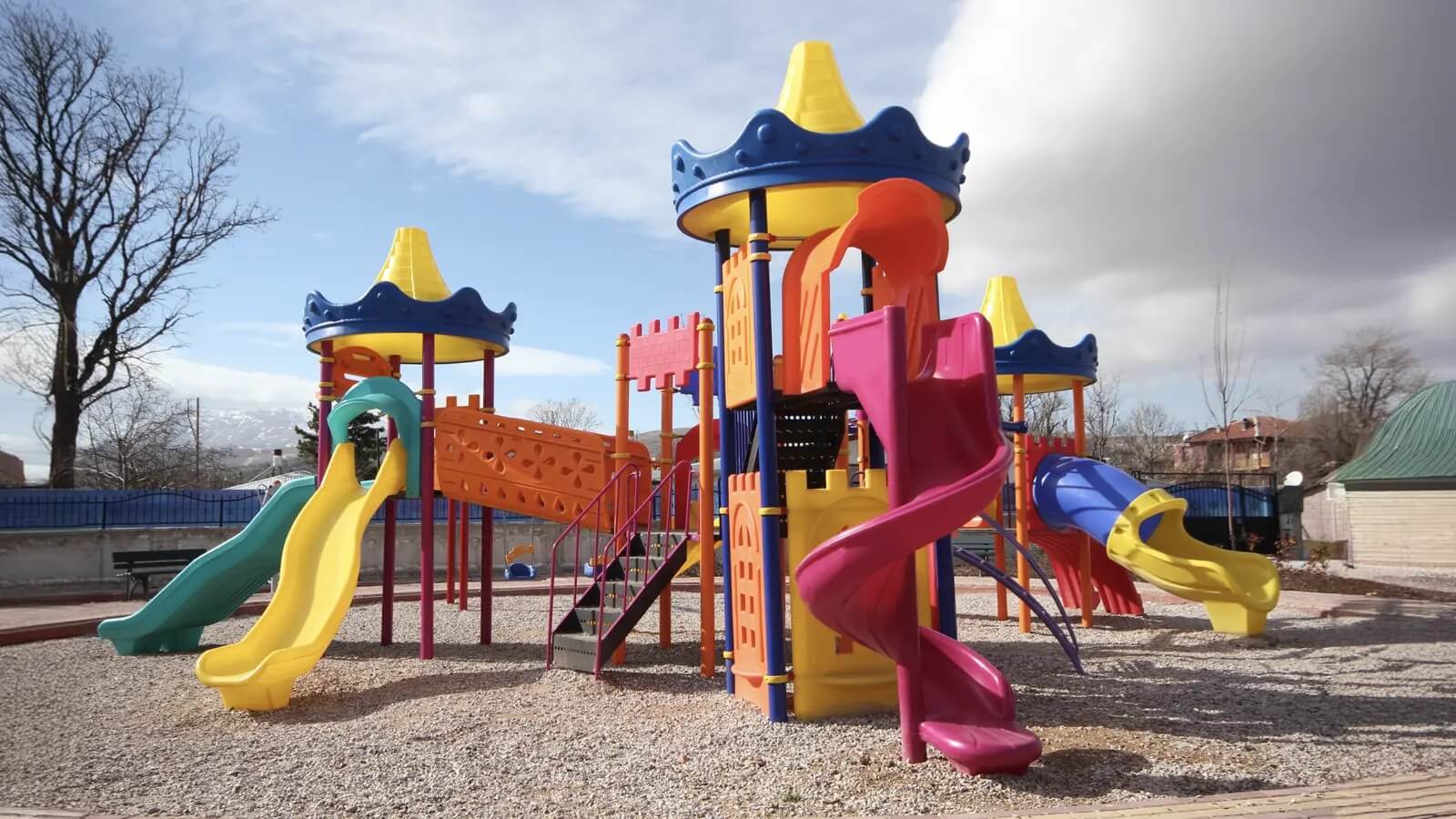Toddler Playground Equipment: A Guide to Buying Safe, Engaging Gear for Your Little Explorer
Playtime is where toddlers learn to crawl, climb, and explore the world. Investing in quality playground equipment isn’t just about fun—it’s about creating a safe space that fosters motor skills, creativity, and independence. Whether you’re outfitting a backyard, daycare, or indoor play area, here’s how to navigate the market for commercial-grade toddler gear that offers value and longevity.
Key Considerations When Purchasing Toddler Playground Equipment
1. Safety First: Meet ASTM and CPSC Standards
Certifications: Look for products labeled with ASTM F1173 (for swings, slides, and climbers) or CPSC compliance to ensure they pass rigorous safety tests.
Soft Landings: Avoid hard surfaces—opt for grass, rubber mulch, or foam padding under play structures.
Small Parts Warning: Toddlers love putting things in their mouths, so steer clear of loose screws or choking hazards.
2. Age-Appropriate Design
Infant-Toddler (6-24 months): Focus on low-height stations, soft blocks, and enclosed play areas to prevent falls.
Mobile Toddlers (2-4 years): Prioritize crawling tunnels, balance beams, and interactive panels that challenge motor skills.
Pre-Schoolers (3-5 years): Incorporate slides, swings, and imaginative playsets like kitchens or tool benches.

3. Durability Against Rough Play
Weather Resistance: If outdoors, choose all-weather materials like polyethylene (for slides) or powder-coated steel (for frames).
Heavy-Gauge Fabrics: For indoor playmats or tents, select thick, non-toxic fabrics that resist tears.

4. Developmental Benefits
Cognitive Growth: Look for color-coded puzzles, shape sorters, or sensory bins that engage problem-solving.
Social Skills: Multi-child playsets (like sandboxes or shared slides) encourage cooperation and communication.
Buying Tips: Save Money Without Compromising Quality
